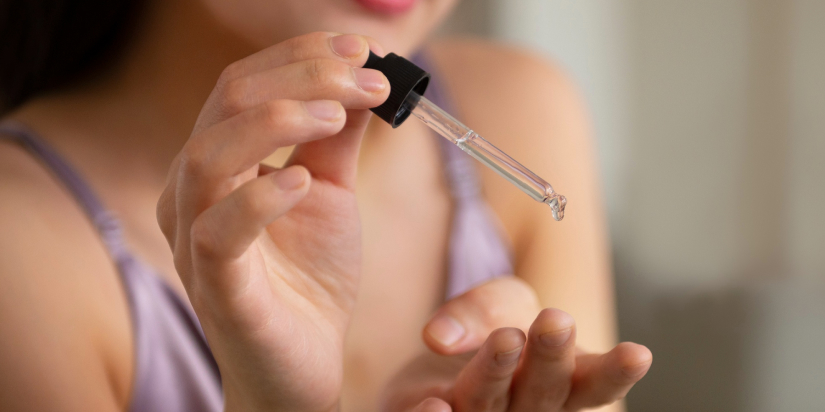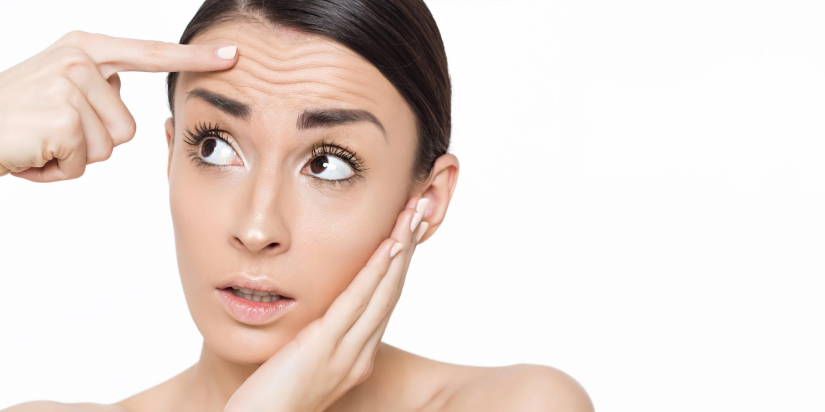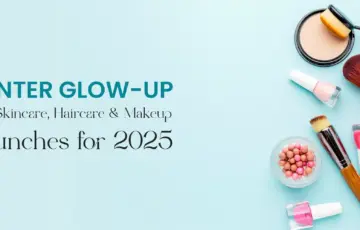Retinol—once a best-kept secret in dermatology—is now a buzzword in skincare. But what exactly is it? Derived from vitamin A, retinol is a powerhouse ingredient used to reduce fine lines, treat acne, and improve overall skin tone. It’s no surprise it has become a staple in many night-time routines.
What Does Retinol Do for the Skin?
When applied topically, retinol speeds up cell turnover. This means it helps shed old, dull skin cells and encourages the growth of fresh, new ones. As a result, skin appears smoother, brighter, and more youthful. Over time, retinol can reduce the appearance of wrinkles, fade dark spots, and unclog pores—making it a go-to for both anti-aging and acne concerns.
How to Use Retinol Safely
Retinol is effective, but it’s also potent. If used incorrectly, it can cause redness, dryness, or irritation. That’s why dermatologists often recommend starting with a low concentration (like 0.25% or 0.3%) and using it just twice a week. Always apply retinol at night—sunlight can break down the active ingredient—and follow up with a moisturizer to reduce dryness.
Most importantly, never skip sunscreen during the day. Retinol makes your skin more sensitive to UV rays, increasing the risk of sun damage if not protected properly.
Who Should Use Retinol?
Retinol is suitable for most skin types, especially those concerned with early signs of aging or persistent breakouts. However, those with extremely sensitive or reactive skin should proceed cautiously. Pregnant or breastfeeding women are advised to avoid retinoids altogether—consult your doctor before starting any new ingredient.
Final Thought
Retinol may not offer overnight miracles, but its long-term benefits are backed by science and trusted by dermatologists. If you’re looking to refresh your skin and take your routine to the next level, this trending ingredient might just be worth the hype—just start slow and stay consistent.
















